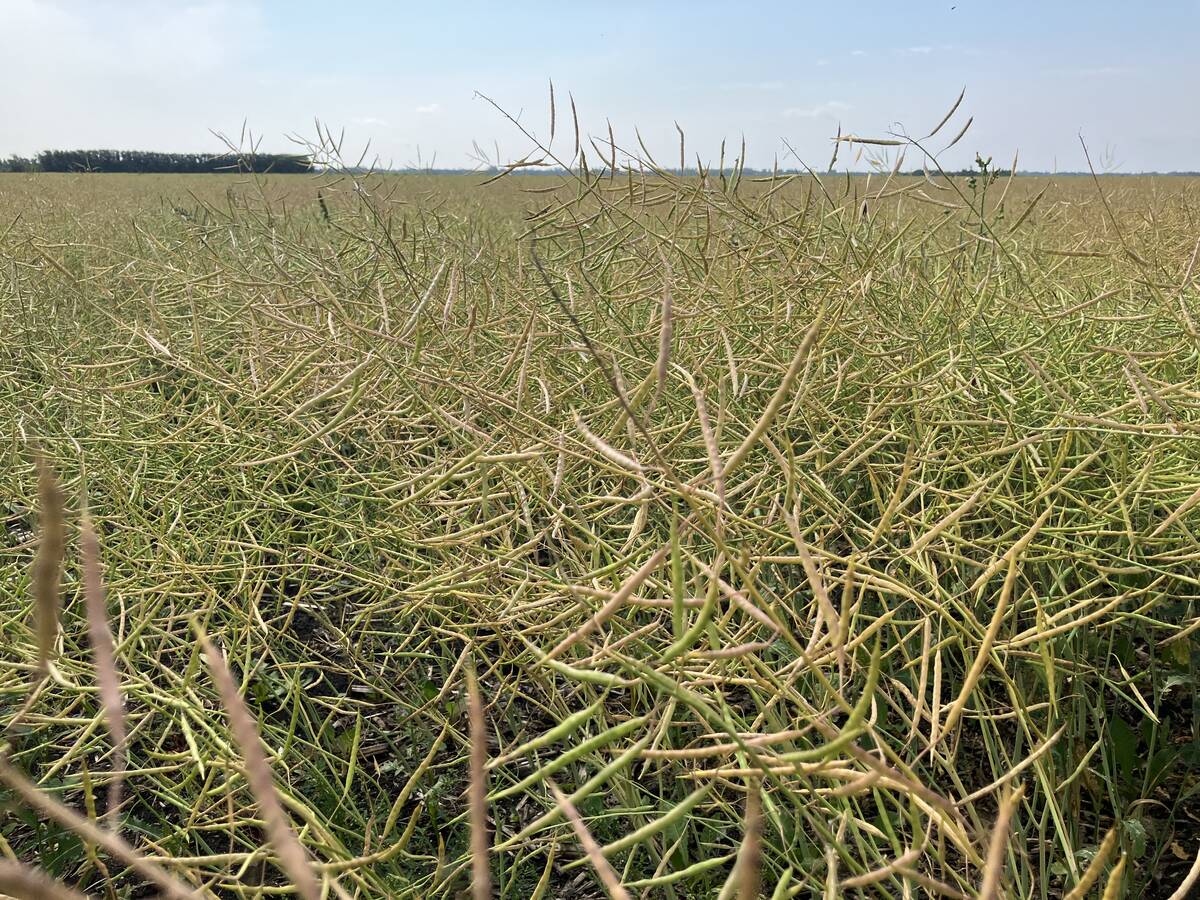It must be summer. They show up like visiting relatives on the doorstep and they don’t know when to leave. Wood ticks, mosquitoes and black flies that think the Parklands have just moved down to the international border. Adding injury to the insult of the spring that never really happened, farmers across the province have slapped, scratched and sprayed their way to the final crop insurance deadlines.
Insects weren’t the only unwelcome guests. April showers turned into May showers, and June showers turned into deluges. Many are still dealing with dikes, sandbags and the potential for even more flooding. For them it’s been a spring they would rather forget.
Read Also

Canola trade watches events in intermission between world’s harvests
The flow of speculative money, reacting to whatever world news is available, can be expected to steer grain and oilseed futures in this stretch between Northern and Southern Hemisphere harvests, Phil Franz-Warkentin writes.
Flood waters are far from my hometown on top of the escarpment, but we have not emerged unscathed. A small number of fields in the area remain too wet to touch. Of the acres that were seeded, a myriad of wet spots, potholes and springs on the slopes remain. Everyone has tales of the seeder with the plugged runs, the chains they broke or the Hiboy sprayer up to its tank in mud. The countryside is marked with weed patches, newfound water courses and the deep ruts left by determined farmers who went too far.
The grain trade looks to the seeded acres as an indicator of what they can expect to see for sales. In a normal year the formula can be as simple as seeded acres multiplied by average yields, but this crop may be anything but normal. Many of the flooded acres were not seeded at all. For some, even fall rye and winter wheat are already unlikely. In lower elevations, some of the acres we thought were seeded are already drowning out. The real unanswered question at this point may be the potential yields for the acres that were sown.
In our area, very little was seeded by the end of May, so the optimal window of timing as far as season is concerned was missed. June plantings are not the end of the world, but localized frosts were prevalent right up until June 5. Luckily most of what did get planted in May were the early wheat acres so frost doesn’t seem to have been a big factor for most. The questionable acres were those seeded in a hurry in June.
The practice of blending and broadcasting the seed with the fertilizer was widespread this year. For land that was worked, and the seed was incorporated with harrows, the prognosis is probably fairly good. For land that was still in stubble, exceptionally hard, or exceptionally wet, maybe not so good. Seed left on the surface may not germinate properly, may not have enough root growth to give it vigour, or may simply get washed into the low spots in a heavy rain.
High canola prices this spring enticed many growers to contract fall deliveries early. For those who get a viable stand and grow the bushels they have contracted, it’s a great plan to lock in profit. For those who get caught without enough crop to meet their obligations, it could be a very different story.
There is still a lot of season ahead of us, and hopefully the chilly grey skies that have plagued us for the last two months are getting ready to move on. With spraying already underway, producers could use a break and a little sunshine. After all, we all know it ain’t over until the fat lady sings. Even those unwanted pests of summer have to move along some time.
Les McEwan farms
near Altamont.














